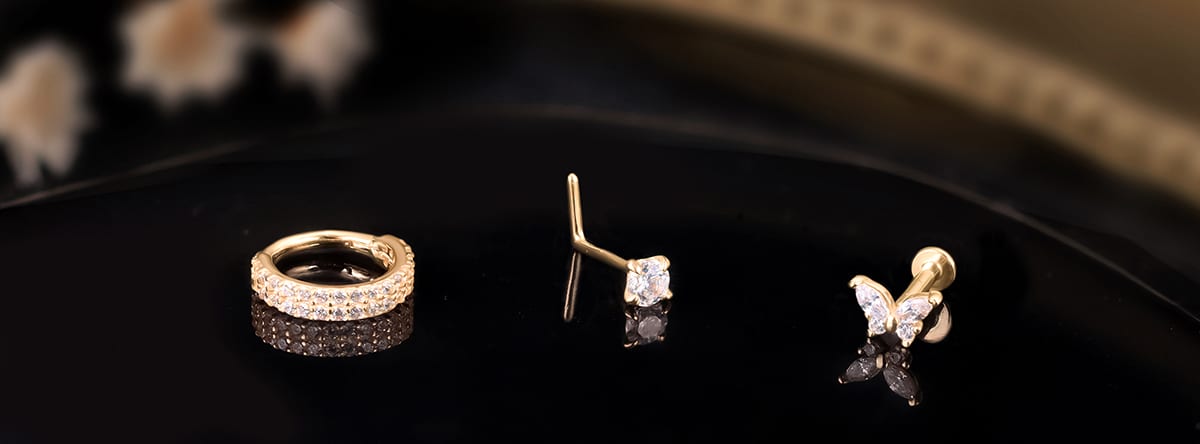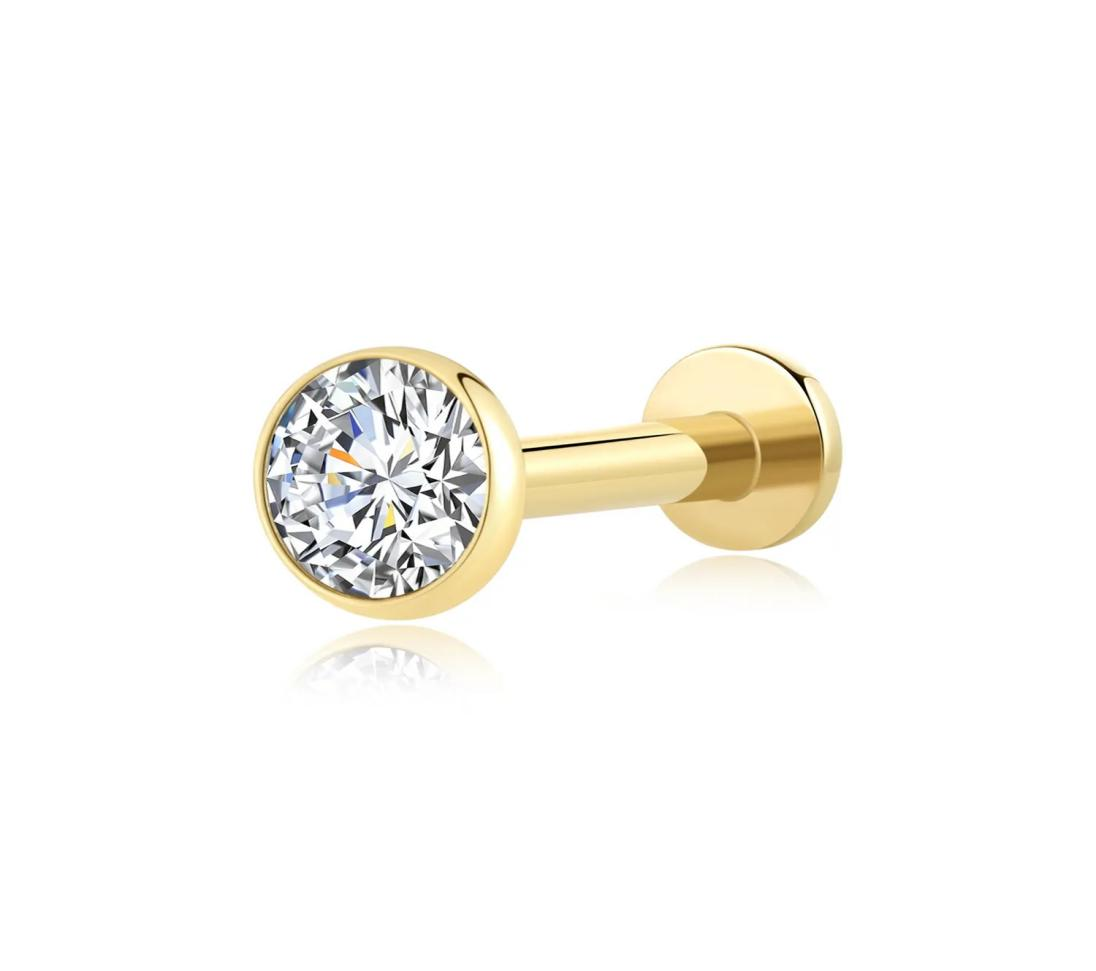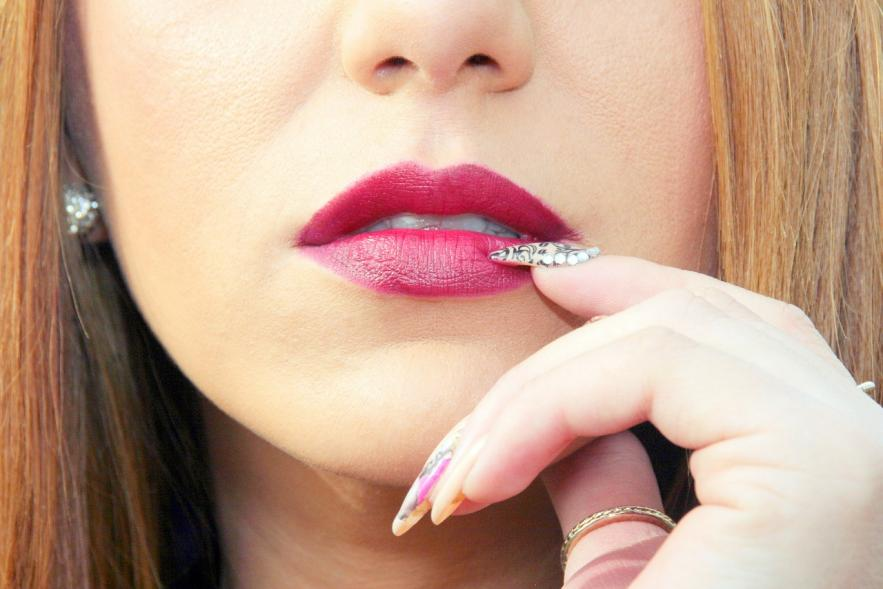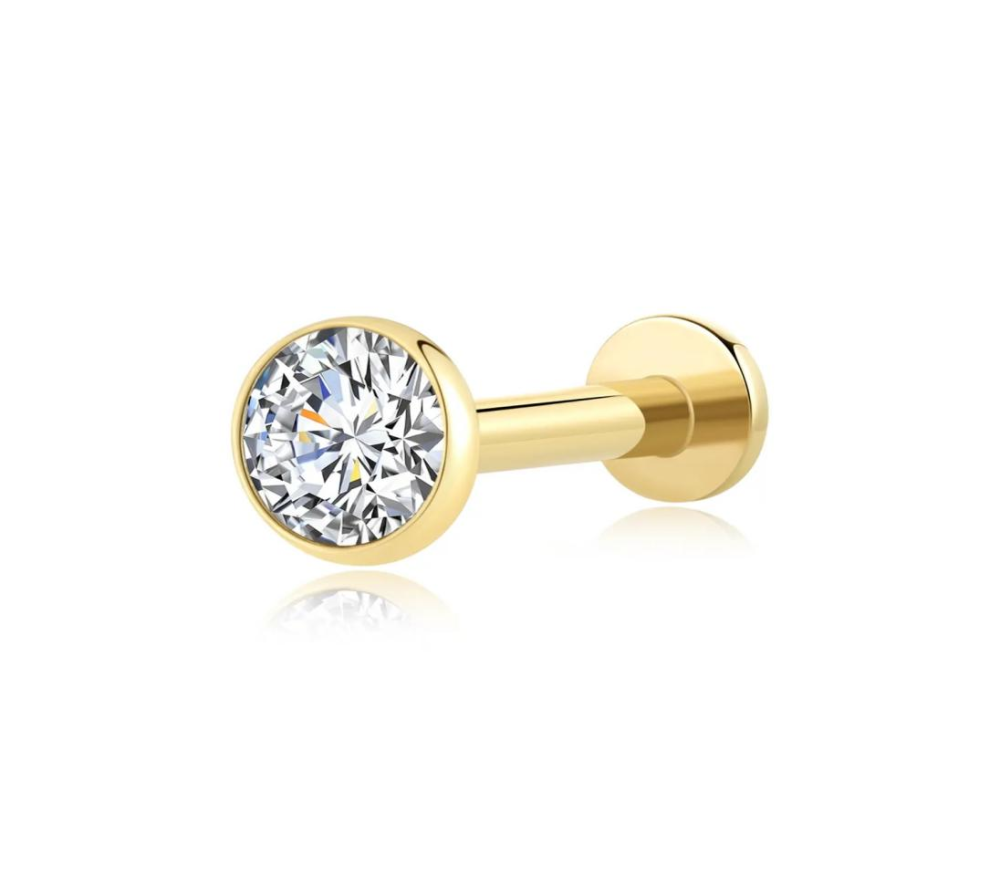Email:wholesale@goldpiercingfactory.com WhatsApp:+14086905740



The name “Medusa Piercing” intriguingly ties back to Greek mythology, where Medusa was once a beautiful maiden transformed into a Gorgon. According to legend, Medusa had snakes for hair and anyone who gazed directly into her eyes would turn to stone. The piercing’s name draws inspiration from this mythological character mainly due to its central placement on the face, mimicking the commanding presence of Medusa herself. Unlike her terrifying stare, however, a Medusa piercing is far more alluring and adds a subtle edge to one’s facial aesthetics.
Medusa’s powerful imagery has permeated various aspects of culture, including fashion and art, often symbolizing protection and strength. When it comes to medusa piercings, this iconography inspires individuals to adopt a piercing that is bold and eye-catching. The piercing can be seen as an homage to the fierce and enigmatic nature of Medusa, tying beauty and strength into one elegant adornment. Wearing a Medusa piercing can make wearers feel like they are channeling a bit of that mythical power, adding an extra layer of allure to the piercing’s appeal.
Medusa piercings are strategically placed in the philtrum, the vertical groove located centrally under the nose and above the upper lip. This specific location ensures the piercing is highly visible and creates a striking focal point on the face. Unlike other piercings, which might be more discreet, a Medusa piercing commands attention and contributes significantly to facial symmetry. Its central placement ensures it stands out whether you are smiling, talking, or simply sitting in quiet repose.
The aesthetic appeal of medusa piercings lies in their ability to add a touch of glamour and edginess to one’s appearance. They complement various facial shapes and styles, effortlessly elevating one’s look. Many people choose to accessorize with different types of jewelry, ranging from simple studs to more elaborate designs with gems or intricate details. The versatility in jewelry options allows for personalization, enabling wearers to express their unique sense of style. The medusa piercing’s position also pairs well with other piercings, making it a popular choice for those looking to create a cohesive and striking facial piercing ensemble.
Over recent years, medusa piercings have seen a significant rise in popularity, particularly among younger generations. This can be attributed to the growing trend of body modifications as a form of self-expression. Social media platforms have played a crucial role in showcasing the diversity and creativity of piercings, encouraging more people to explore this form of adornment. Additionally, the central and visible placement of the medusa piercing makes it a popular choice for those looking to make a bold statement with their appearance.
The influence of celebrities and social media influencers cannot be understated when it comes to the popularity of medusa piercings. Several well-known figures have sported this type of piercing, helping to normalize and even glamorize it. For instance, music artists, actors, and fashion bloggers have all been seen wearing medusa piercings, often sharing their experiences and styling tips with their followers. This visible endorsement has helped to destigmatize facial piercings, making them more acceptable and mainstream. By seeing their favorite influencers confidently sporting a medusa piercing, fans are often inspired to get one themselves, further driving its popularity.
Getting a Medusa piercing is a precise process that should always be carried out by a professional piercer to ensure safety and accuracy. The procedure starts with the piercer cleaning the area to avoid infection. They then mark the exact spot on the philtrum where the piercing will be placed. Using a sterilized, hollow needle, the piercer makes a quick, clean puncture. A piece of pre-selected jewelry, often a labret stud, is then inserted into the new piercing hole. The entire process is usually quick, but requires a steady hand and an experienced eye to make sure the piercing is perfectly centered.
Proper care before and after getting a Medusa piercing is crucial for achieving optimal healing and avoiding complications. Before the piercing, it’s recommended to avoid alcohol, caffeine, and aspirin, which can thin the blood and increase bleeding. Once the piercing is done, aftercare becomes the focus. Cleaning the area twice daily with a saline solution helps to keep it free from infection. Avoid spicy foods and oral activities that might irritate the piercing. Refrain from touching the piercing with unwashed hands and be cautious when brushing your teeth or applying makeup. Following these guidelines significantly contributes to a smooth healing process.
Pain is a common concern for anyone considering a new piercing. While everyone’s pain tolerance varies, most people report that getting a Medusa piercing involves a sharp pinch and some pressure. The initial piercing pain quickly subsides, although some swelling and soreness can be expected for a few days afterward. Piercing professionals often use techniques to minimize discomfort, ensuring the experience is as painless as possible.
Healing times for Medusa piercings can vary depending on individual aftercare and body responses. On average, it takes about 6 to 12 weeks for a Medusa piercing to fully heal. During this period, it’s essential to follow proper aftercare practices to prevent infection and promote healing. Some people might experience faster healing times, whereas others could take a bit longer, particularly if they encounter complications or fail to adhere strictly to aftercare protocols.
The initial jewelry for a Medusa piercing is typically a labret stud, chosen for its flat back that reduces irritation against the gums and teeth. Over time, as the piercing heals, individuals can explore other jewelry options. Choices range from simple titanium or surgical steel studs to more extravagant pieces adorned with gemstones or intricate designs. It’s crucial to select high-quality, hypoallergenic materials to avoid adverse reactions and ensure the longevity of the piercing.
Meet GPF, your go-to source for exquisite gold body jewelry. Nestled in the vibrant city of TsingTao, China, GPF has been crafting stunning 14K solid gold pieces for over 15 years. Their collection is a treasure trove of elegance, blending traditional craftsmanship with contemporary flair. Whether you’re after dazzling Medusa piercings or chic ear studs, GPF’s got you covered with their high-quality, sparkling designs. With a friendly, customer-focused approach and a passion for beauty, GPF is the perfect partner for both piercing enthusiasts and retailers looking to add a touch of luxury to their offerings. Discover the GPF difference today!

Personal testimonials can provide valuable insight for those considering a Medusa piercing. Many individuals share their experiences of how they decided to get the piercing, describing it as an empowering act of self-expression. Some recount initial nervousness but ultimately felt ecstatic with the result. From feeling a boost in confidence to receiving compliments, wearers often highlight the positive impact of their Medusa piercing on their self-image.
Despite the generally positive experiences, Medusa piercing wearers do encounter challenges. Swelling, eating difficulties in the initial days, and the need for meticulous aftercare are commonly noted issues. However, those who have navigated these hurdles offer practical tips: be patient, follow aftercare routines diligently, and choose a reputable piercer. They also stress the importance of not changing the jewelry too soon and being cautious with oral hygiene products that could irritate the new piercing. By sharing these candid insights, experienced individuals help others make informed decisions and manage their piercings more effectively.